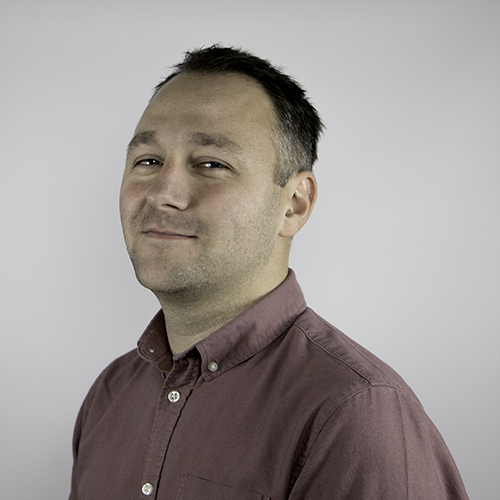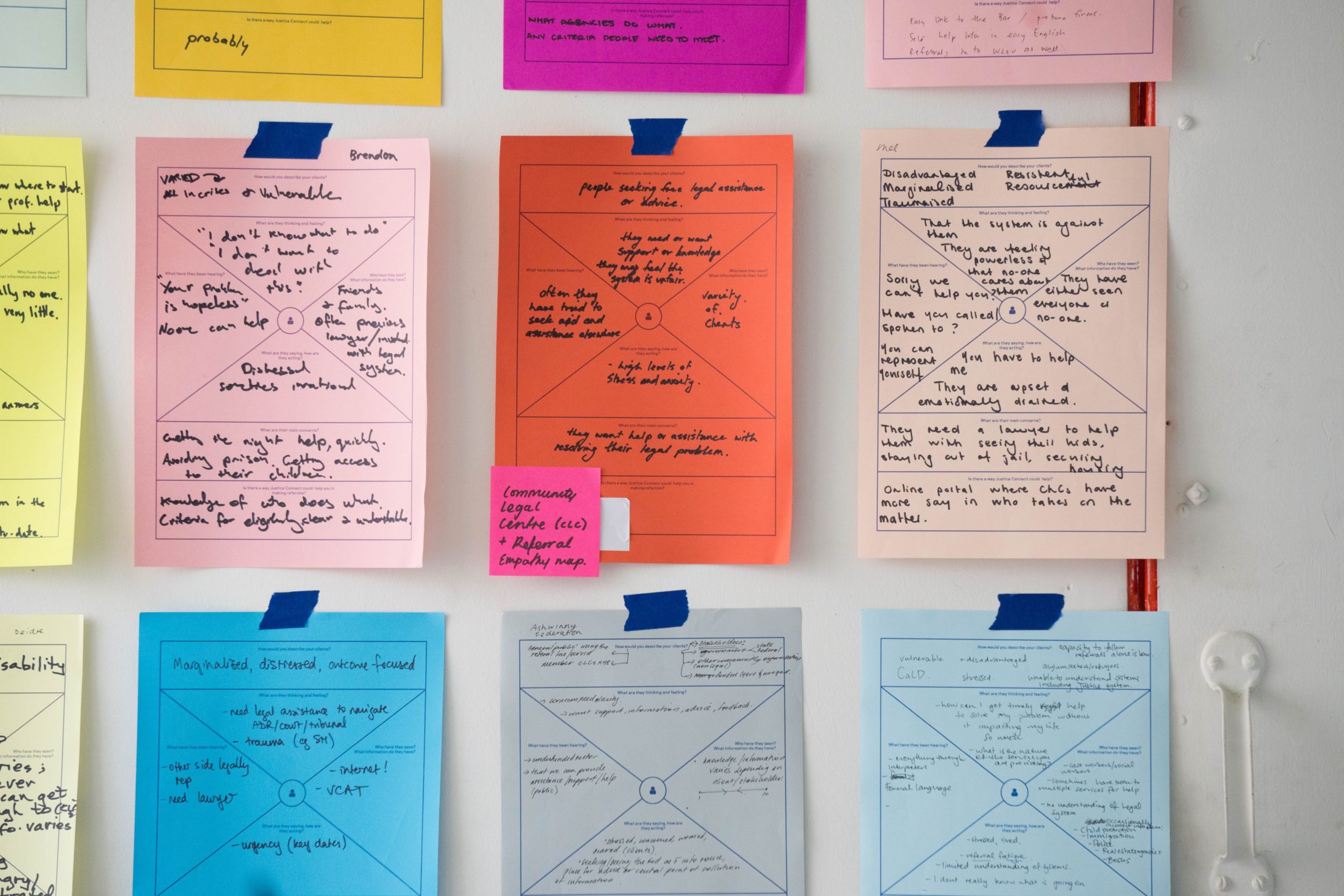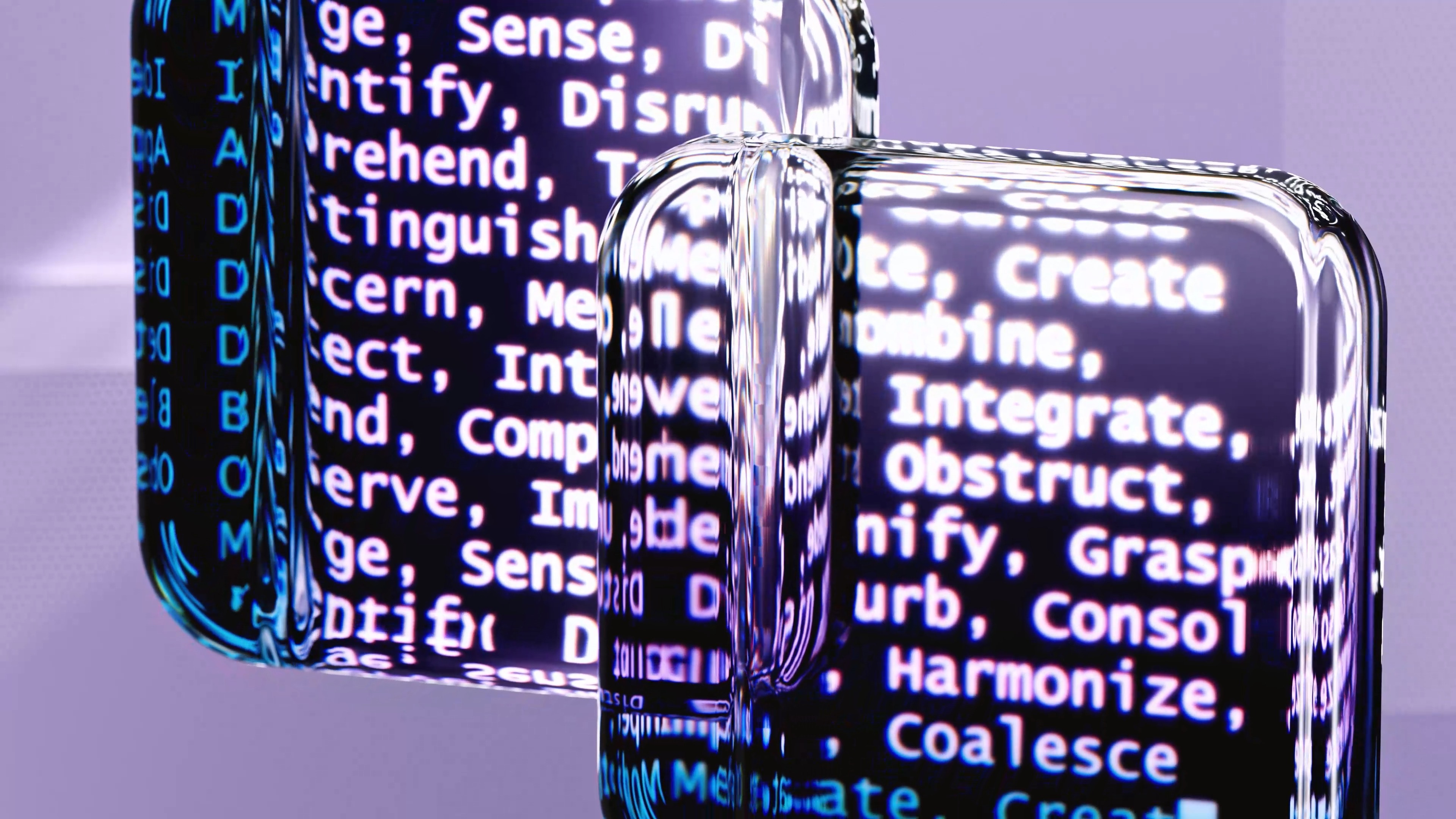

Don't you want to read? Try listening to the article in audio mode 🎧
How can you become a UI Designer? Learning from the best. That’s why we interview James Reeve, Creative Director of Foolproof, global experience design agency specializing in B2B and B2C product and service design for the world's biggest brands. James is always looking to evolve and challenge working methodologies and practices to drive the studio’s creative thinking, idea generation, reports and experience design recommendations. His role is to provide overall creative direction to the projects and initiatives coming from the entire design studio, from inception to delivery. If you want to learn even more about UI design, be sure to sign up for our UX/UI Design Online Summer Programme taking place on July 20th 2020.
"I’m always looking for ways to experiment with, and integrate new methodologies and design trends into projects."
***
1 | Describe your job with a gif.

2 | How did start your career UI Design?
I started my journey thinking I was going to be a programmer. I loved to experiment with digital things but then discovered Flash and that showed me it was easier and quicker to turn ideas into reality with a minimum amount of coding. Once I was able to bring ideas to life much quicker I never looked back, this has allowed me to always get ideas out and to see if they work fast.3 | What are the traits of a great UI Designer?
1 | A grounding in solid design theory. 2 | A willingness to experiment and try new things. 3 | Must be able to articulate their design decisions. 4 | Is able to take inspiration from all mediums and sectors. 5 | Does not let the shackles of design delivery restrict their conceptual exploration.4 | Which are the top 5 hard skills that a UI Designer should have?
1 | The ability to listen and subjectively look at their work. 2 | The willingness to learn and develop new skill, or pick up tools and techniques in order to bring their work to life. 3 | An appreciation of the other disciplines needed to put a product to market. 4 | Software agonistic, it’s important to be able to use the right tool needed to bring an idea to life. 5 | To be able to ‘think’ before you ‘do’. Opening up a design package will not give you the answers, stay offline until your idea is clear.5 | Which are the top 5 soft skills that a UI Designer should have?
1 | The ability to listen, capture and understand feedback. 2 | A can-do attitude to always giving things a go. 3 | Not afraid to ask questions and seek clarification. 4 | The willingness to learn from those around them. 5 | To work well with others to reach a shared goal.6 | What is your project journey? Do you start with digital style guides?
I like to ensure that we uncover the insights to set the direction from the customer whilst also exploring the visual direction for the product. If we don’t explore we can only create design through iteration that can limit the scope of what could be achieved.7 | How do you keep up with the latest trends? Do you recommend useful websites, books or blogs?
By using and engaging with new products, services and technologies to ensure I am able to suggest the appropriate medium in order to solve a design challenge. This is why I love https://www.producthunt.com/.8 | What do you believe are the 5 top micro interactions tools?
I find this question hard to answer as I see tools as an enabler and not something to overly evangelise about. If I had to choose one Principle would be my tool of choice, however, nothing beats the refinement and delivery in code.9 | In your opinion, which UI Design trend will change the future?
Brand. The digital world is becoming a very safe and usable place with consistent design patterns and “best practice”. We need to ensure that the brand is given centre stage in order to give the UI personality and a sense of differentiation from its competitors.10 | Which of the famous UI Design case studies are you attached to most? Why?
Transitional Interfaces (it’s an old one but still totally relevant today)
It’s better to think about the UI as a stage where elements are fluid and adaptable, rather than new elements loading each time. It helps to orientate and communicate to the user the decision they have made.Optical Adjustment
This highlights the need for a designer to not be totally reliant on such things as a grid when there are many occasions in which their eye is the most important thing. Have an eye for details and alignment ensure that we step back and look at the overall aesthetic rather than ensure it is accurately aligned to a grid.11 | What are your future work challenges?
I would say that it's helping clients to understand and accept that the best way to solve a user need is not necessarily by only creating a UI. Also, the fact we need to think more about is the complete service offering to ensure consistency in the delivery of the brand and product. A brand is only as good as its weakest point.
Article updated on: 09 August 2023

Don't Waste Your Talent. Turn It Into a Career With a Course That Fits Your Needs!
Talent Garden is your Digital Skills Academy, offering courses in Digital Marketing, UX Design, Digital HR and Data Analysis designed to launch your career.
Keep reading

4
min read
How to become a UI Designer: interview with James Reeve
How to become a UI Designer? Learning from the best. That’s why we interview James Reeve, Creative Director of ...
Talent Garden
06/12/2019

5
min read
Design Thinking: how to design better services
Design Thinking is a planning model born in the 1960s. It is often linked to architectural design and areas in which ...
Talent Garden
06/05/2019

2
min read
Meet our Students: Rebecca Kiechl – UX Design Fulltime Bootcamp
Rebecca Kiechl was a participant in our UX Design Fulltime Bootcamp happening 100% Online. Read the interview to find ...
Talent Garden
15/04/2021

8
min read
8 Game-Changing AI Tools to Elevate Your UI/UX Design Game
Welcome to the forefront of design innovation! In the dynamic landscape of web and UI/UX design, maintaining a ...
Talent Garden
01/09/2023
